Wuerhosaurus
Name Origin
Lizard from Wuerho
Family
Stegosauridae
Classification
Diapsida, Ornithischia, Thyreophora
Habitat (Discovery Location)
China
Period
Approximately 135 million years ago (Early Cretaceous)
Length
Approximately 6 meters
Weight
Approximately 4 tons
Diet
Herbivore (Plant-eater)
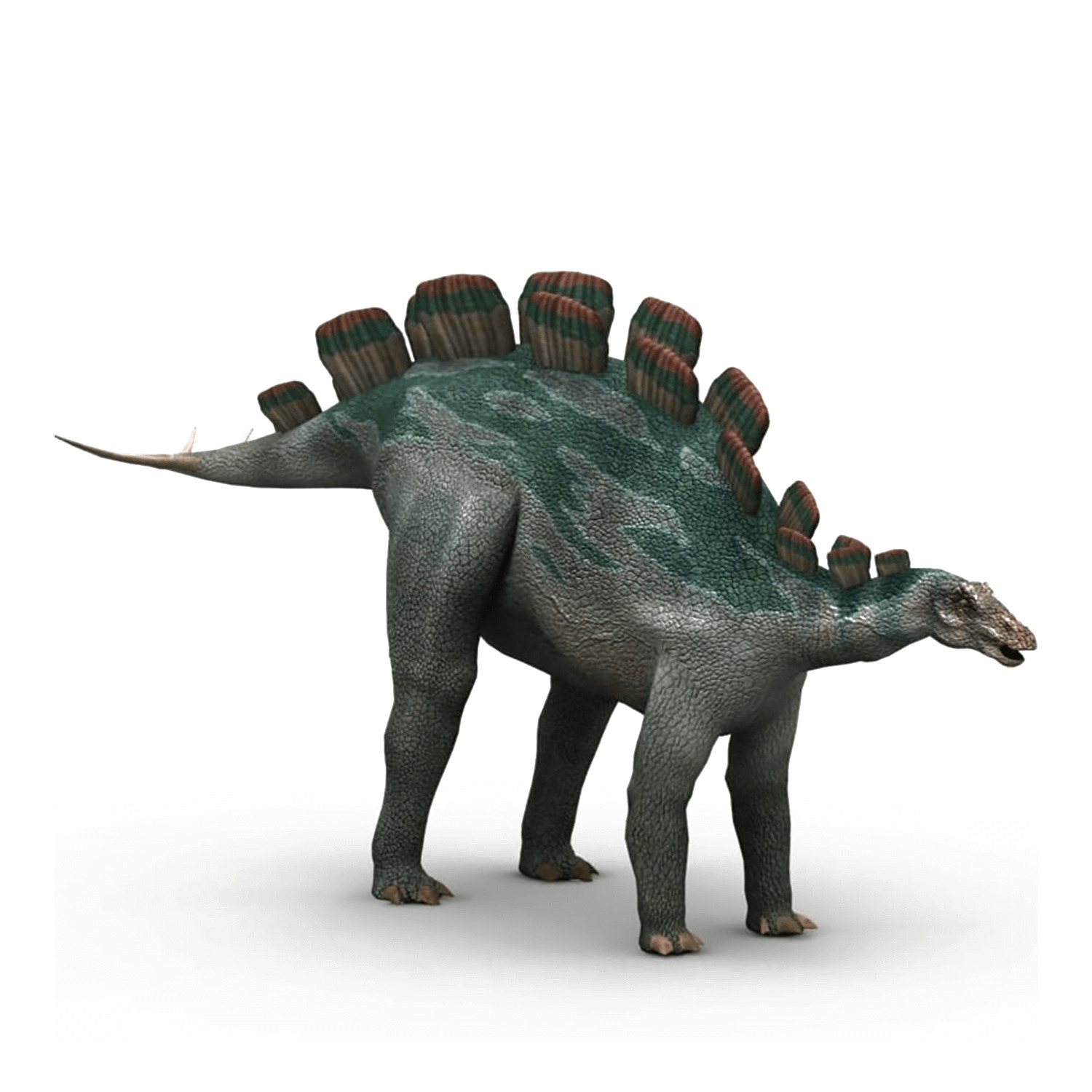
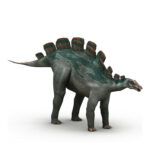
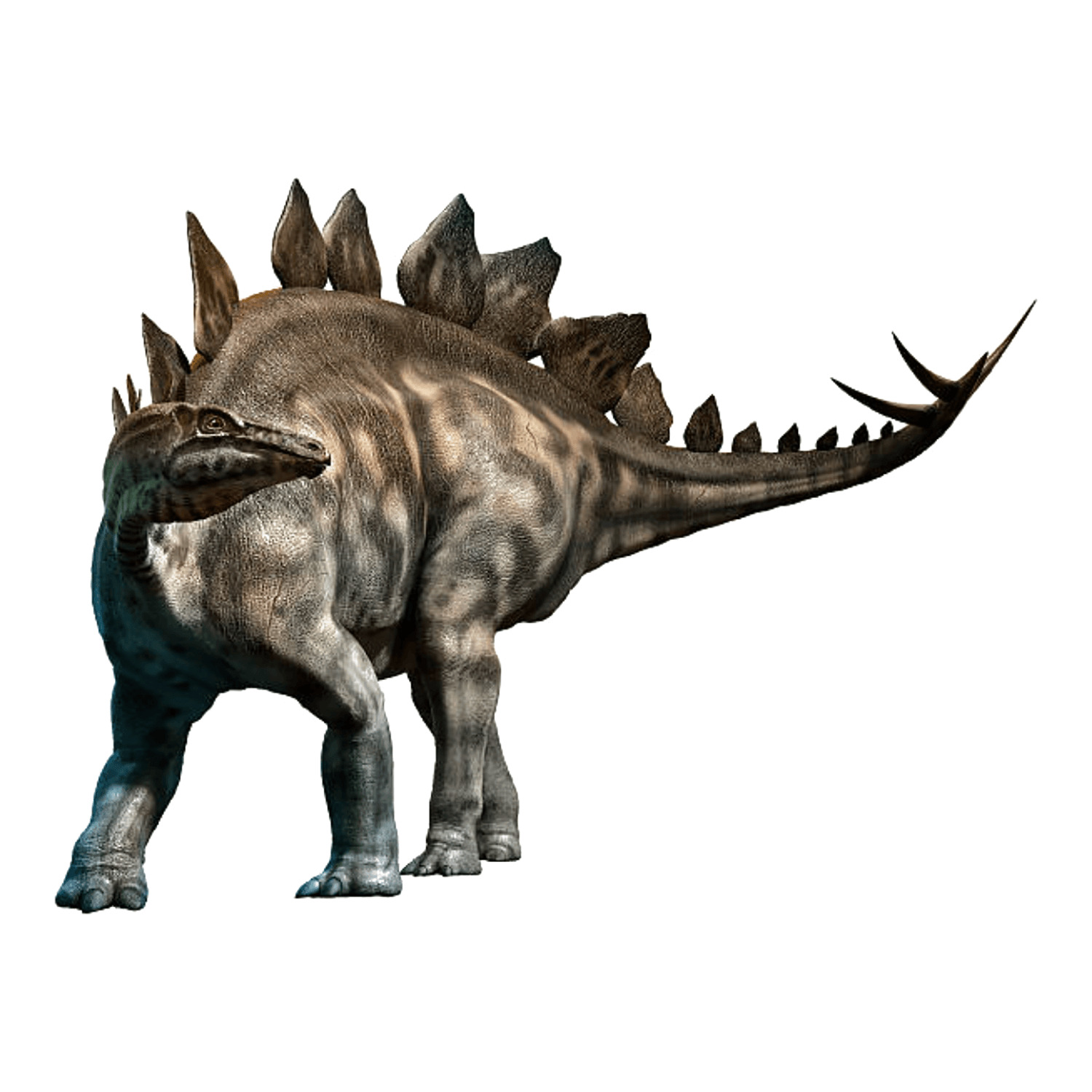
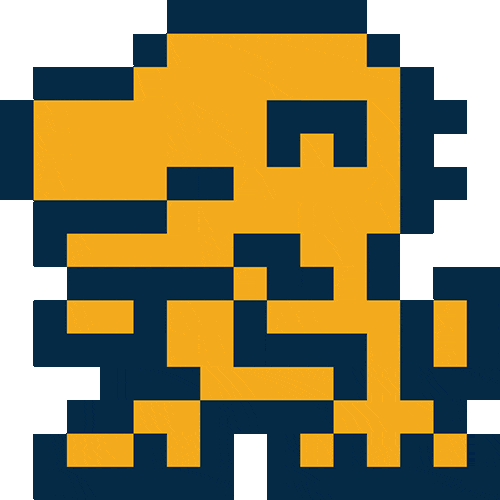
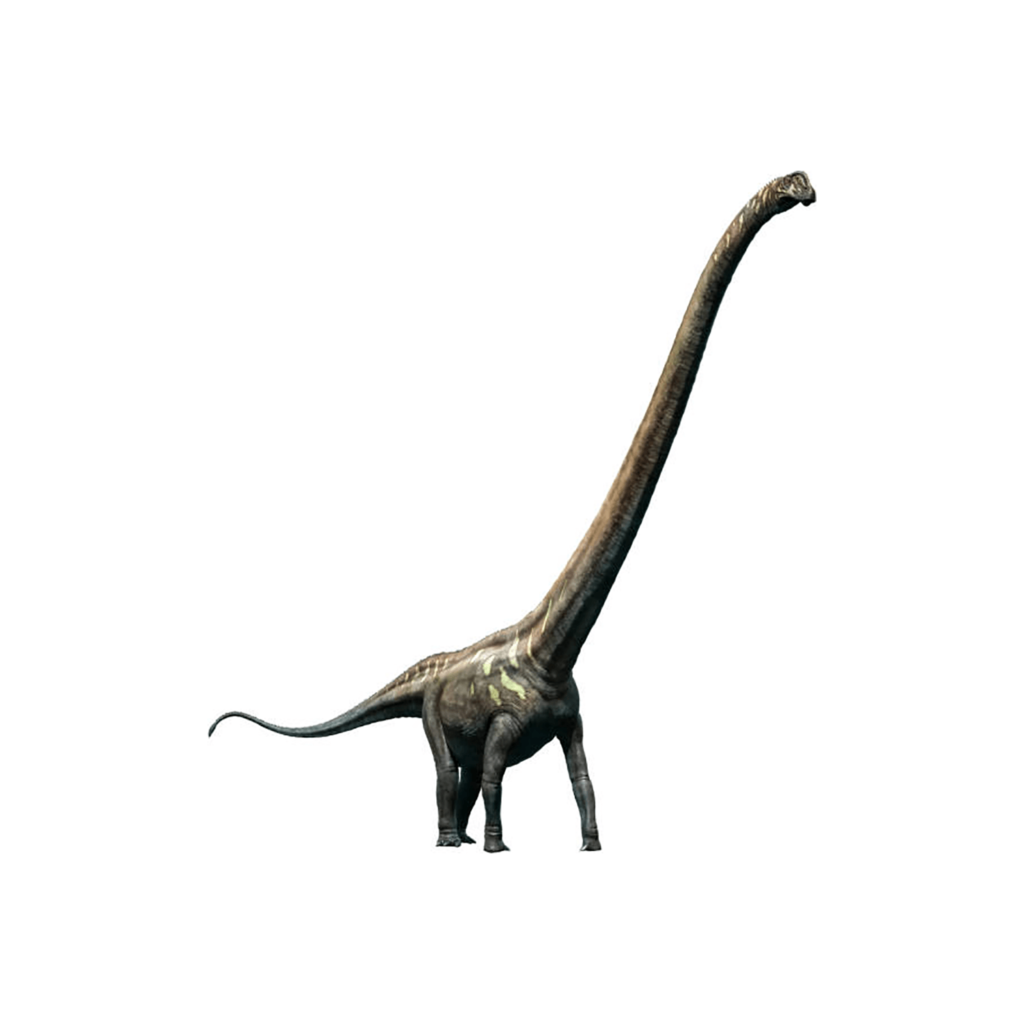
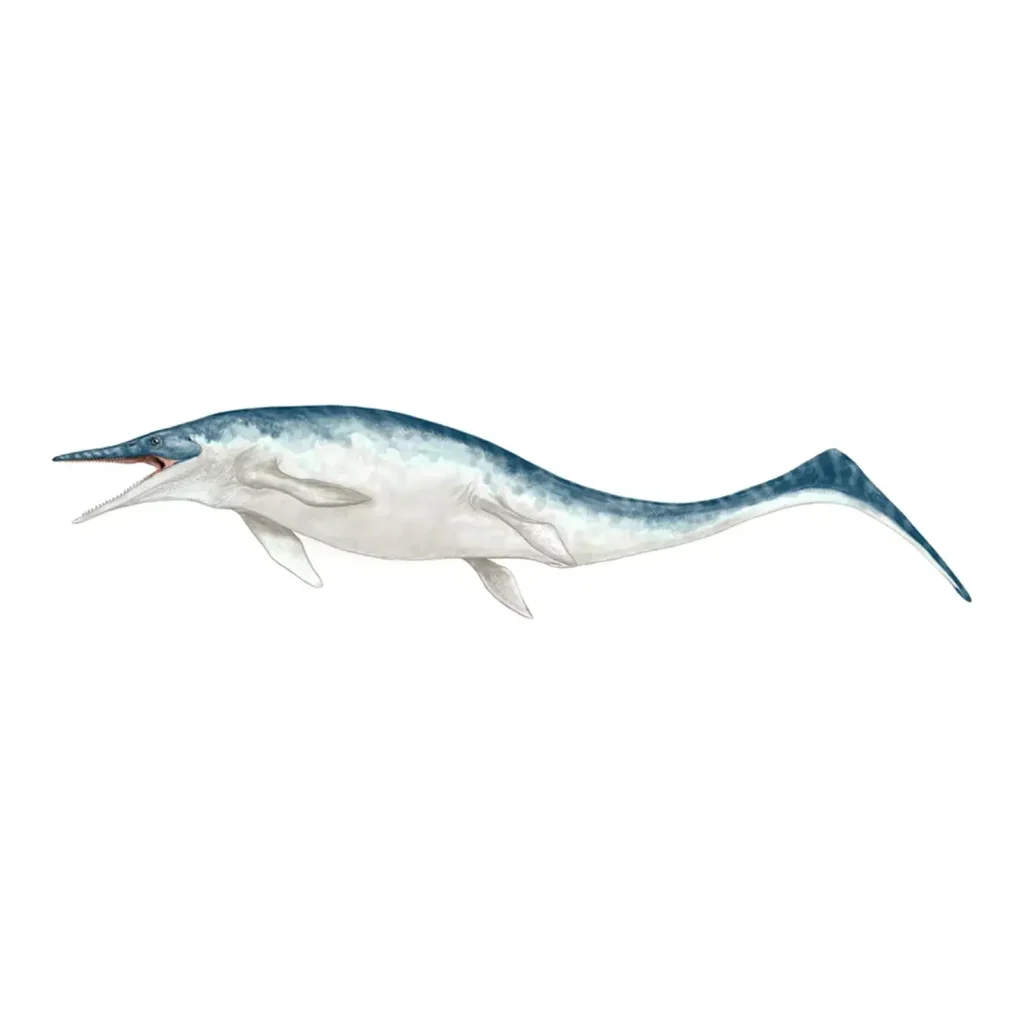
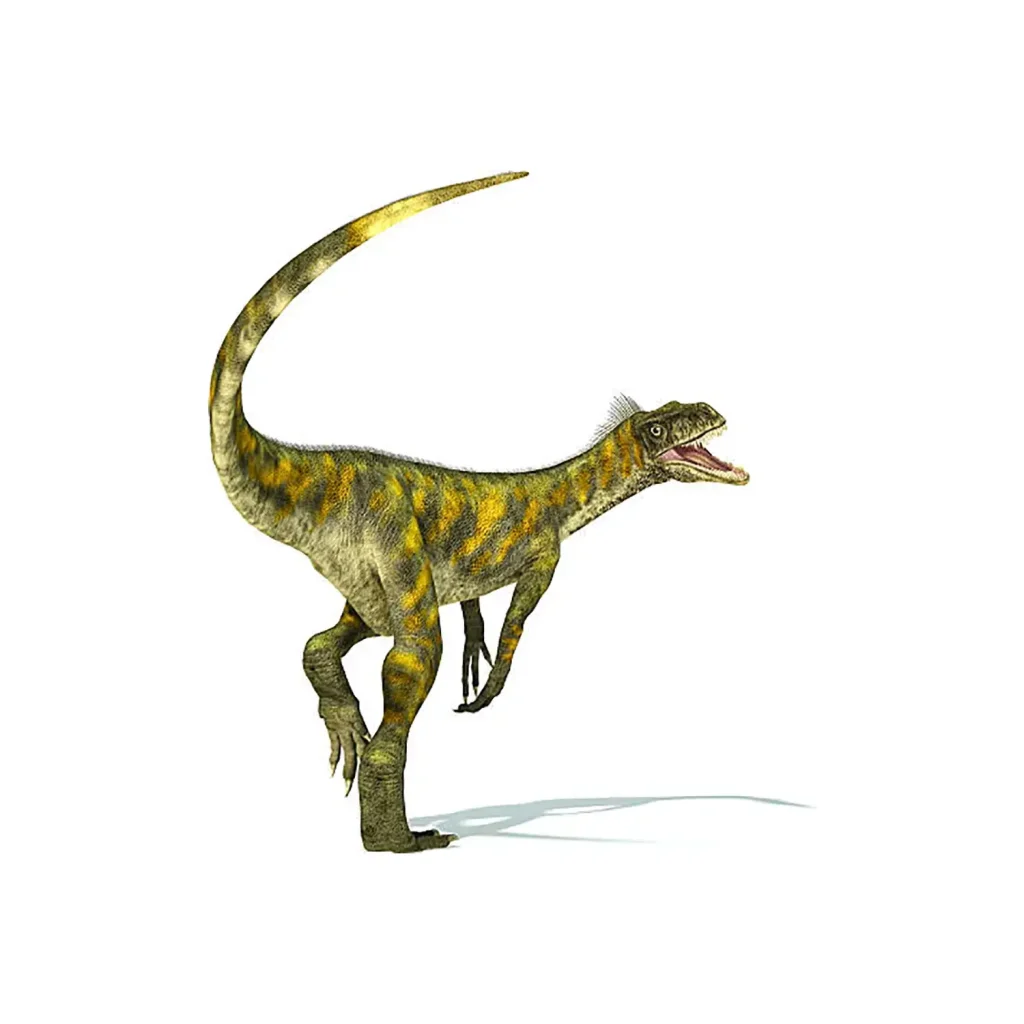
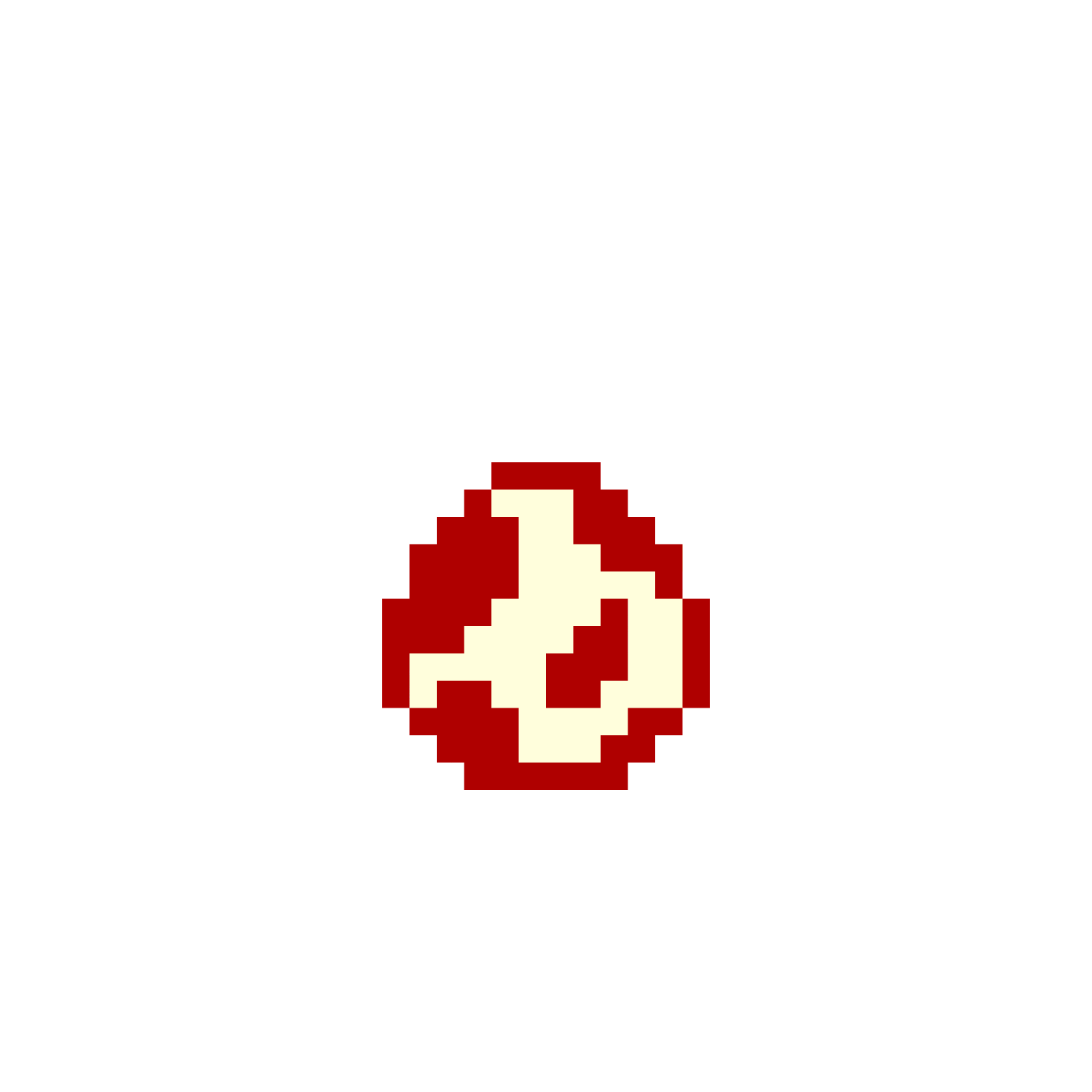













Description
Wuerhosaurus was a type of stegosaur that lived in China during the Early Cretaceous period.
While stegosaurs like Stegosaurus and Kentrosaurus were abundant worldwide during the Jurassic, their numbers declined by the Cretaceous.
Among them, Wuerhosaurus is known as the “last stegosaur” because it survived into a much later era than its relatives.
The Unique Shape of Its Plates and the Mystery of Its Defense
Wuerhosaurus’s body shape was similar to that of the Late Jurassic Stegosaurus, with its head held low to the ground.
It is presumed to have had sharp spines on the end of its tail, which were likely used as a weapon when fighting enemies.
However, its most prominent feature—the bony plates on its back—were very different from other stegosaurs.
They were low and long, with a square, cake-like shape.
Since stegosaur plates were typically pointy, this unusual shape has sparked a debate among scientists about how they might have served as a defense.
However, as the discovered fossils are very fragmentary, some paleontologists believe that it may have had sharp plates similar to other species in life.
The Truth Revealed by Fragmentary Fossils
Currently, the fossils of Wuerhosaurus found in the Early Cretaceous layers are mostly fragmented.
However, these precious fossils tell us the story of the last surviving stegosaur, embodying the impermanence of all things in the dinosaur world and conveying a sense of finality to the modern day.